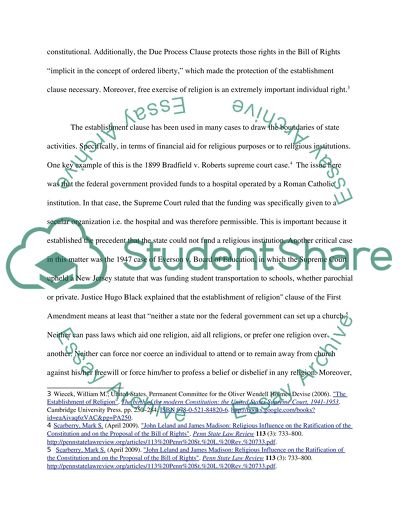Cite this document
(“Equal Liberty and the Establishment clause, then and now Research Paper”, n.d.)
Retrieved from https://studentshare.org/law/1393235-equal-liberty-and-the-establishment-clause-then-and-now
Retrieved from https://studentshare.org/law/1393235-equal-liberty-and-the-establishment-clause-then-and-now
(Equal Liberty and the Establishment Clause, Then and Now Research Paper)
https://studentshare.org/law/1393235-equal-liberty-and-the-establishment-clause-then-and-now.
https://studentshare.org/law/1393235-equal-liberty-and-the-establishment-clause-then-and-now.
“Equal Liberty and the Establishment Clause, Then and Now Research Paper”, n.d. https://studentshare.org/law/1393235-equal-liberty-and-the-establishment-clause-then-and-now.


